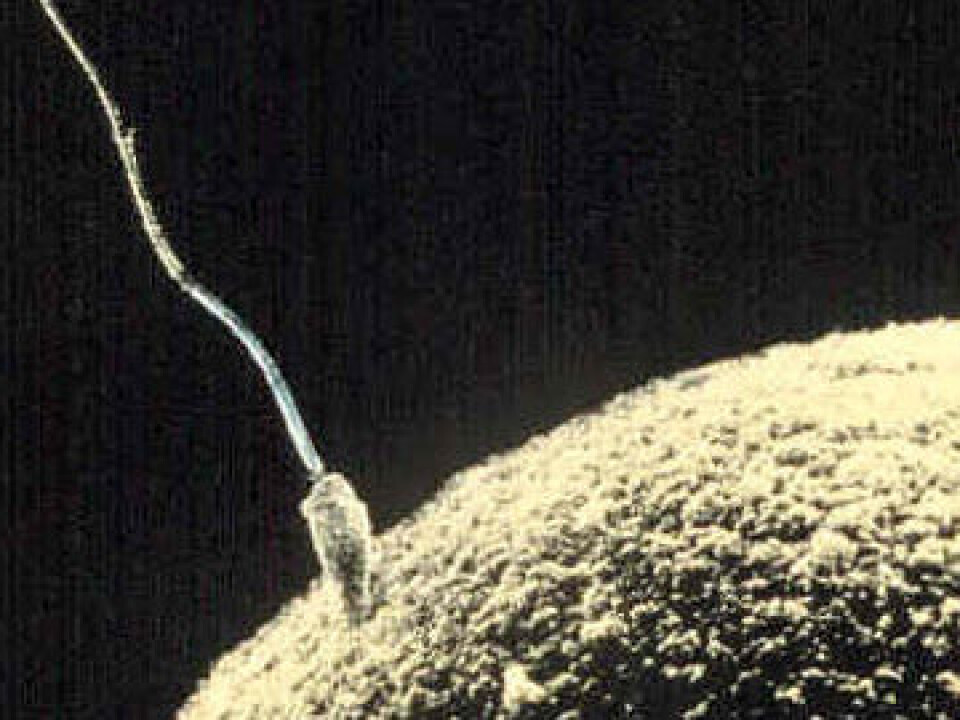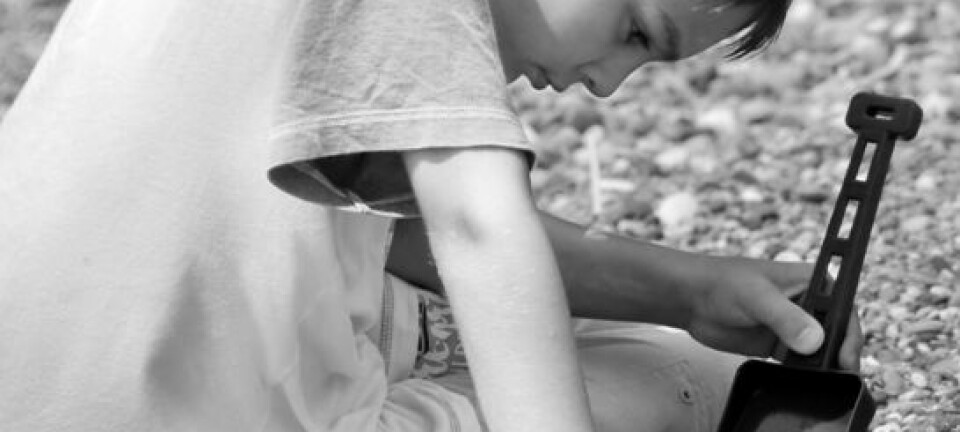
Increased risk of impairment linked to fertility treatment
New research suggests that assisted conception techniques that are used when a father is infertile slightly increase the risk that the child will be born with a mental disability. One prominent fertility researcher is sceptical of this finding.
Denne artikkelen er over ti år gammel og kan inneholde utdatert informasjon.
More than 2.5 million Swedish children have been evaluated in a study based on data from the Swedish National Patient Register. The children were followed up for an average of ten years after birth and scientists have recorded their diagnoses.
These data have been compared to information on how the children were conceived, from good old-fashioned romps in the hay to different kinds of assisted conception techniques, or in vitro fertilization (IVF).
The results show a small, but real increase in risk that children conceived using IVF will later be diagnosed as disabled.
Several IVF methods have been evaluated individually. The worst case was one method of fertility treatment that was associated with a 50 percent greater chance of a child having a disability compared to children conceived through coitus.

The study should be considered reassuring, rather than alarming, says Sven Sandin, a biostatistician at the Karolinska Institutet in Stockholm, and one of the researchers behind the results.
“It’s better to recognise the risks and consider them than to be totally in the dark,” he says.
Liv Bente Romundstad, a researcher at the Norwegian University of Science and Technology (NTNU) and a chief physician at the Fertility Clinic of St. Olavs Hospital in Trondheim, thinks the findings are not generally due to the method of conception.
“There’s a risk involved with multiple births. Historically, assisted conception has raised the likelihood of giving birth to twins or triplets. The risks related to disablement could be explained by this, rather than by the method itself,” she says.
Safest with normal conception

A mental disability is what used to be called mental retardation, but it isn’t a mental disorder. The term is used to describe a range of conditions, but the common denominator is that the person's intellectual functioning is permanently reduced from birth.
This involves slower mental development and a reduced ability to think abstractly, amongst other things. The study assigned this diagnosis to children whose IQ was under 70.
The researchers behind the new study first checked for any increase in risk of mental disability with the most common form of assisted conception.
This is when an egg and a sperm conjoin in a laboratory dish, but conception, when the sperm entering the egg, occurs without the help of doctors.
The good news is that this treatment did not increase risks.
Previous research has suggested there might be a connection between assisted conception and autism. But the researchers found no link between this diagnosis and any of the conception treatment methods they evaluated in their study.
Higher risk when the sperm needs assistance
The extra risk pops up when less common forms of fertilisation treatments are compared to the prevalance of mental disabilities in children.
Some types of IVF are used to help infertile men. In practice a sperm cell is manually placed inside the mother’s ovum in the lab. A variation of this technique, called intracytoplasmic sperm injection (ICSI), was associated with a 50 percent higher risk of a child being diagnosed with a mental disability.
“We don’t know whether there is something about having a fertility problem that raises the risk, or whether it’s the treatment itself,” says Sandin.
“To find the answer to this, we will have to consider factors such as the techniques and medications that were used in the treatment, as well as more detailed information about the couple. We don’t have that sort of information in a cohort study of this nature,” he says-
Mixing methods with the risks of twins
“I’d be very reluctant about drawing a strong conclusion on the basis of these results. I think the main message from these findings is to avoid multiple births. We should only insert one fertilised egg at a time,” says Romundstad.
Doctors formerly used several embryos in IVF attempts because this increased the chance of at least one attaching properly in the uterus. But it turned out that many often succeeded and twins and triplets were not an uncommon result of assisted conception.
Multiple births pose a special risk for the mother and the children. Among these is an increased chance of a premature birth, which in turn raises the odds for disabilities.
So both Norwegian and Swedish doctors have changed that practice and now a single embryo per attempt is the norm.
---------------------------
Read the Norwegian version of this article at forskning.no
Translated by: Glenn Ostling
































